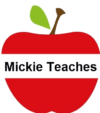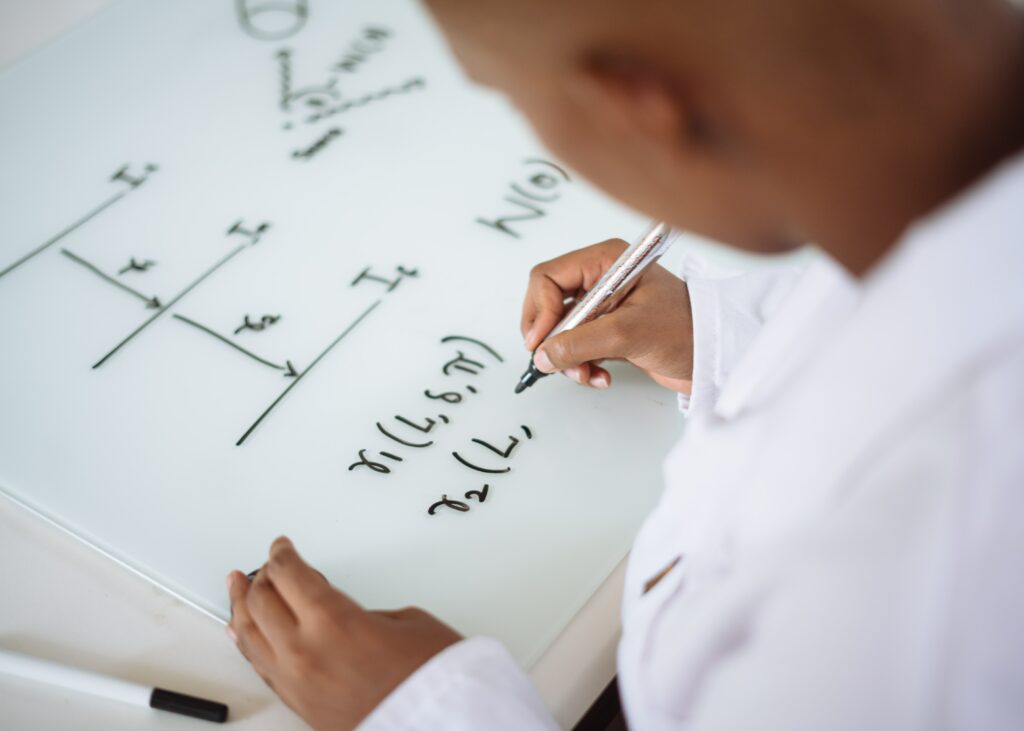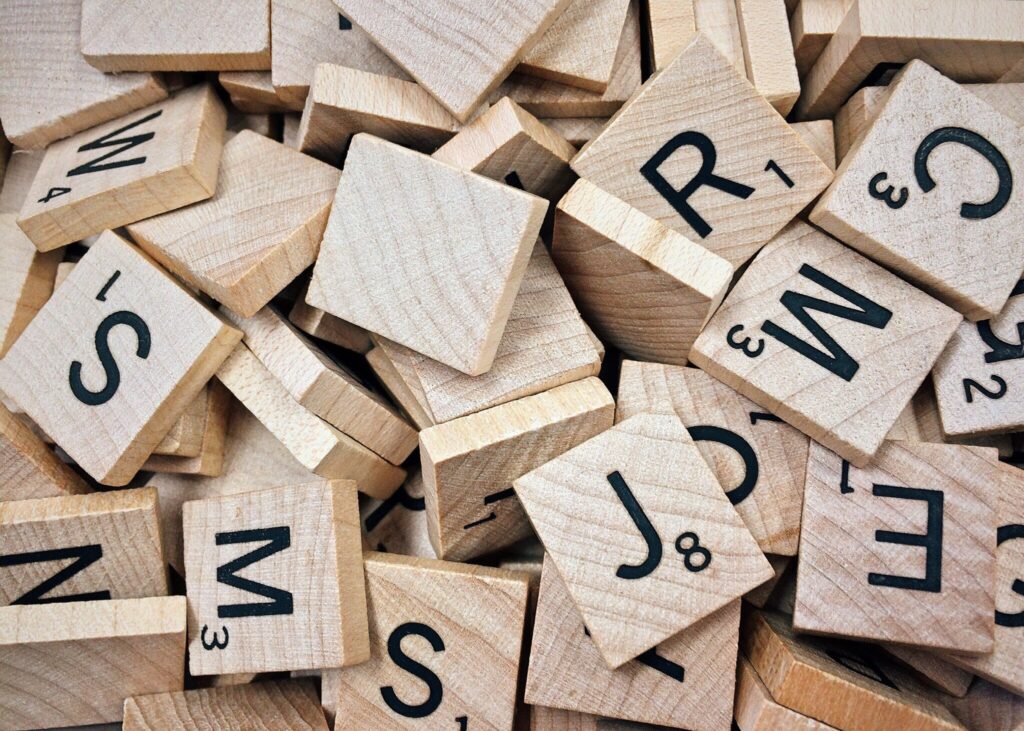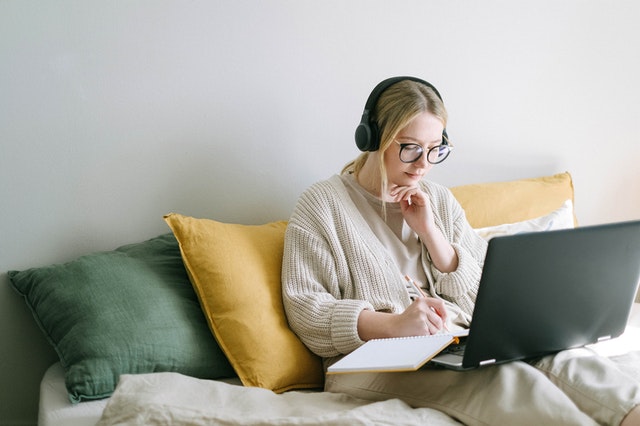Understand Dyscalculia
Dyscalculia is a math learning disability. Many students come to the college Disabilities Office because their struggle with math puzzles them. Their inability to pass math is puzzling and upsetting, yet reading and writing are not issues. What these students do not always realize is that it is possible to have a learning disability in math but not have one in reading and writing. The disability is called dyscalculia, and it is similar to dyslexia except the problems surface in math. These students often have trouble keeping numbers in the correct order. They sometimes struggle with multiplication facts and step-by-step math problems. There can also be a tendency to miss negative signs in algebraic equations.
These students usually have a long history of math struggles growing up. Students with a math disability often struggle with the visual steps as well as the auditory explanation of the processes. Someone who misreads and reverses numbers must remember to double-check work that has been copied to the paper. That same individual will often need to work through problems more than once or check the work on a calculator.
Students who struggle with math need have math specific testing for a learning disability.
Since dyscalculia is a math learning disability, the only way to find out if someone has a math disability is to get tested for a learning disability. Generally testing will often show problems with memory, visual processing, or auditory processing. This means the individual might have a problem following along with the class notes and lectures. Testing may also show math reasoning, math calculation, math memory, and math fluency problems.
If you struggle with math, you may find the following strategies to be beneficial. First of all, take a very close look at your math book. Examine the way the chapters are presented. Look closely at each sample problem and match it to the same type of practice problem in the chapter exercises. Most of the time, the practice problems follow the same order as the sample problems. In addition, look closely at the answer key at the back of the book.
Many text books have every other problem worked out in detail. Work through one of the completed problems and then repeat the steps with the “twin” problem that only has a final answer. Finally, work the problem out on a board (white boards for the home are around $20.00) and talk aloud to yourself as you do the problem. If you become your own teacher, and talk through the process aloud, you will remember those actions when you take your test.



